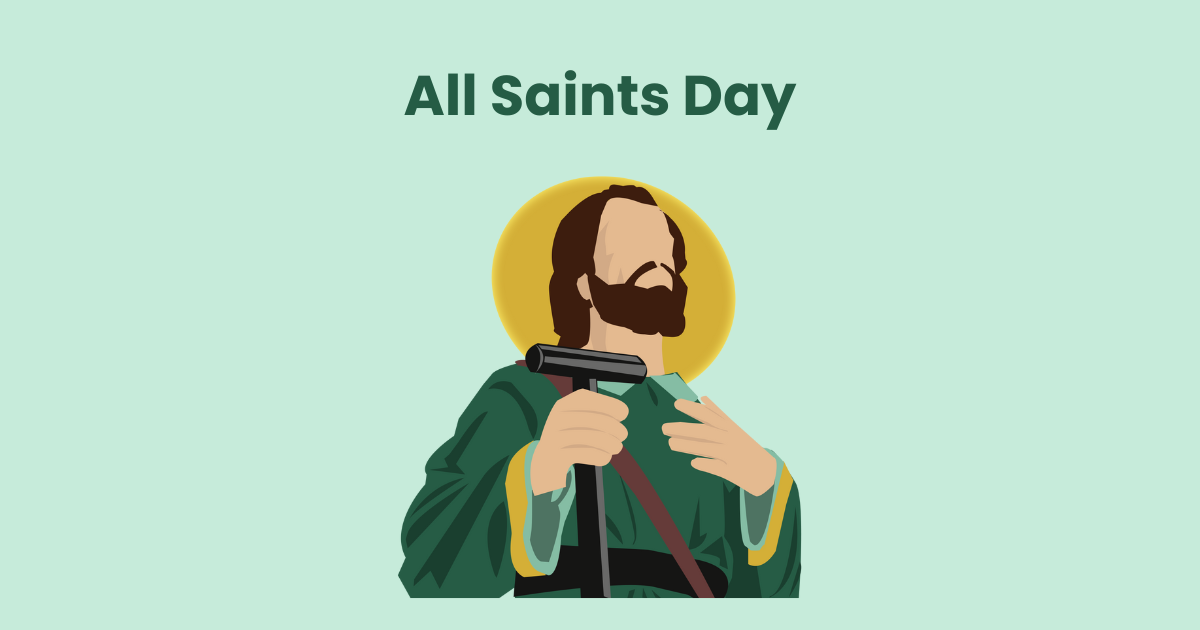Have you ever heard about All Saints Day? What is All Saints Day, and why do we celebrate it? This article gives a full explanation of All Saints Day. All about All Saints Day, everything you should know about one of the most significant spiritual ceremonies in the world.
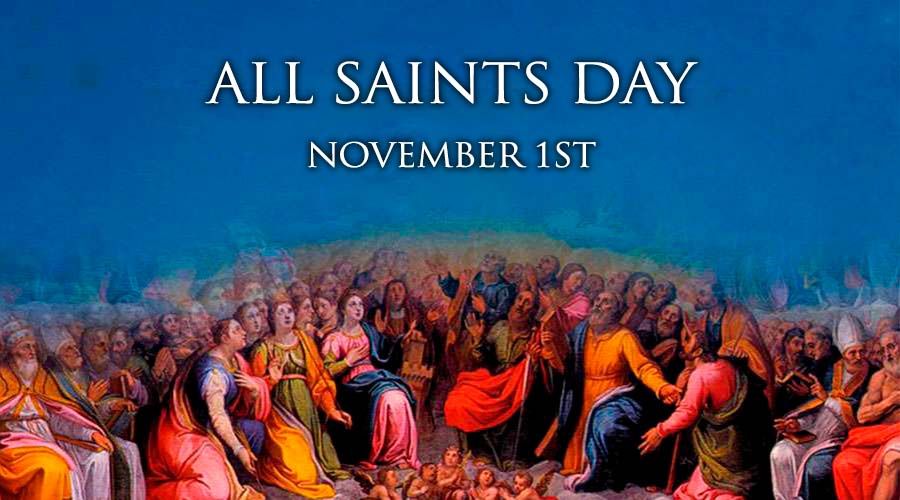
Table of Contents
All About All Saints Day History
When did All Saints Day start? The origins of All Saints’ Day can be traced back to the early Christian Church. The earliest evidence of a feast honouring all the saints dates back to the 4th century when a feast commemorating all martyrs was observed.
All Saints’ Day, also known as All Hallows’ Day, is a Christian solemnity celebrated on November 1st each year. It is a day dedicated to honouring all the saints, known and unknown, and is a part of the triduum of Allhallowtide, which includes All Hallows’ Eve (Halloween), All Saints’ Day, and All Souls’ Day.
The date of November 1st chosen for All Saints’ Day was defined by Pope Gregory III during his reign. It coincided with the Celtic festival of Samhain and the Roman festival of Feralia, both of which were associated with honouring the dead. By Christianizing these celebrations, the Church sought to provide a Christian alternative.
Who Celebrates All Saints Day?
All Saints’ Day is observed by many Roman Catholics and other Christians in many countries around the world. In some countries, people light candles and make offerings on this day such as Spain, Portugal, and Mexico, while in others, such as Belgium, Hungary, and Italy, they bring flowers to the graves of their deceased relatives.
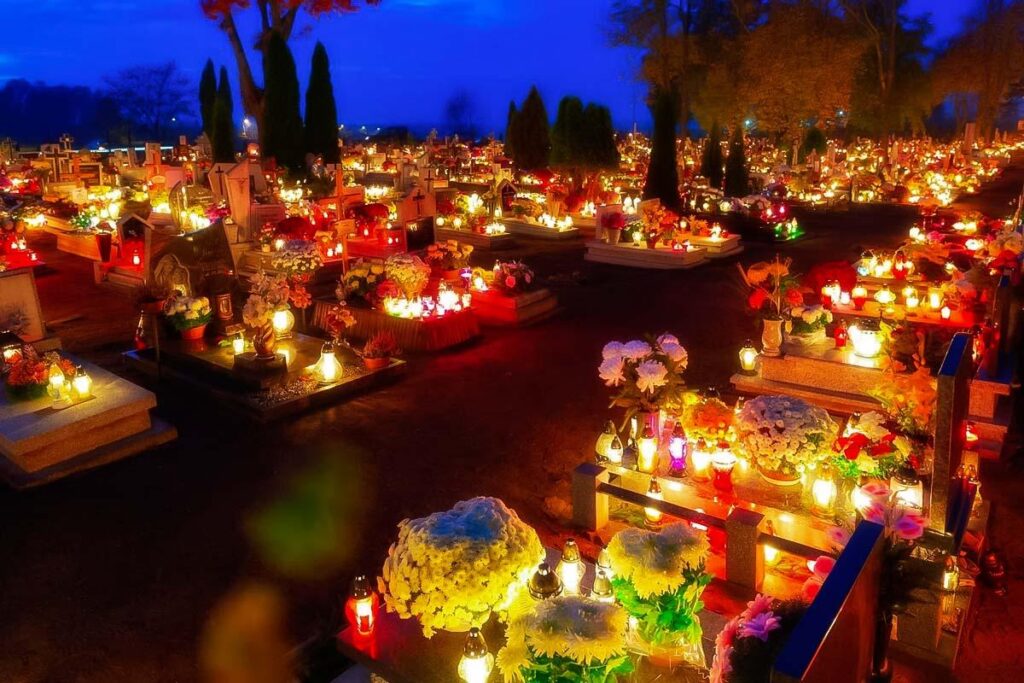
In particular, some parts of European countries recognize it as a national holiday where people are from work and businesses are closed, including France (La Toussaint), Southern Germany (Allerheiligen), and Poland (Dzień Wszystkich Świętych or Zaduszki). Countries like the Philippines also celebrate All Saints Day under the “Undas” festival, where people pay respect not only to the saints, but also for honouring departed loved ones, usually with prayers, flowers, and good offerings. Basically, flowers, candles, and offerings during this event are symbols of love and hope for the peaceful salvation of those who passed away.
In addition, other countries that also celebrate All Saints Day as a national holiday are Guatemala, Croatia, Switzerland, Chile, Sweden, and Liechtenstein. However, some countries such as Australia, Canada, the United Kingdom, and the United States also follow this tradition but it isn’t recognized as not a public holiday.
You May Also Like:
- Orthodox Easter Day Vs Easter: Is It Different?
- Best Female Halloween Costumes
All About All Saints Day – 5+ Interesting Facts
Here is everything about All Saints Day that you might not know. It is an irreplaceable part of the culture and religions. Many traditions have been blurred due to the evolution of society. Each country has its unique way of celebrating this event. Let’s find out more interesting facts about All Saints Day.
- Some Mexicans celebrate All Saints’ Day for almost a week. In Mexico, people call it Dia de los Muertos or the Day of the Dead. It can be held as early as October 28 until November 2. Rather than focusing on solemnity, people celebrate with festive carnivals, dances, and parades. The Day of the Dead is an occasion to welcome back the departed for a yearly family visit and to build private altars with sugar skulls, marigolds, and gifts.
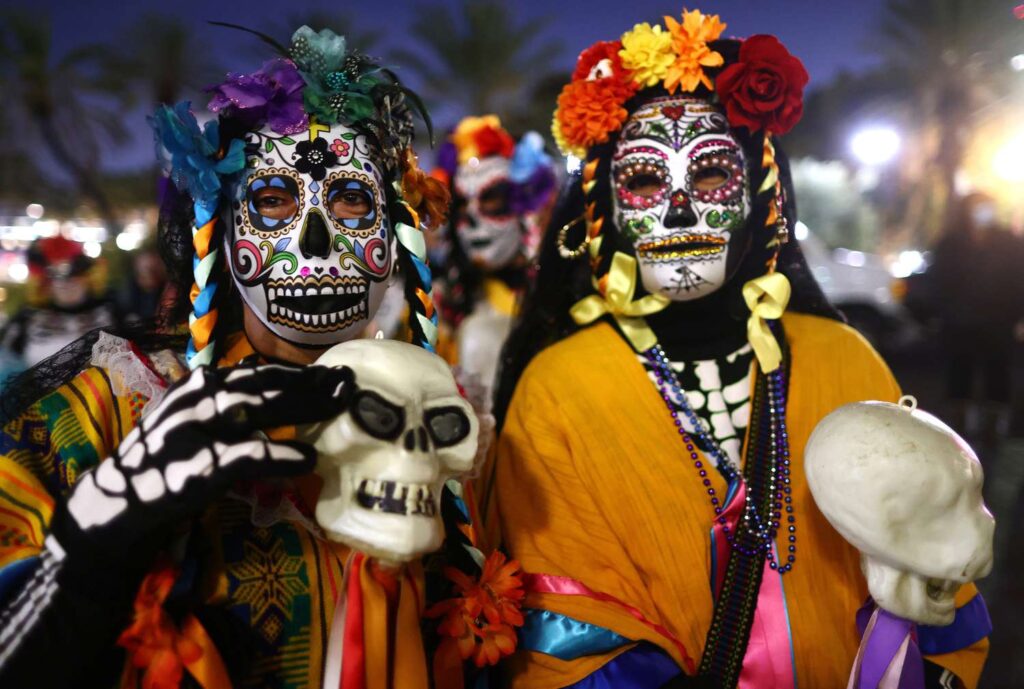
German and Austrian children often obtain “trietzel” during All Saints Day. It is a tradition to give godchildren braided yeast pastry, also known as “All Saints braid”, that comes with raisins, salt, and poppy seeds or decorating sugar.
- In Portugal, people prepare soul cake, a kind of dessert that can be found during Halloween as well. It is believed that each cake represents a soul in Purgatory and with each cake eaten, a soul would be freed from suffering and qualified into Heaven.
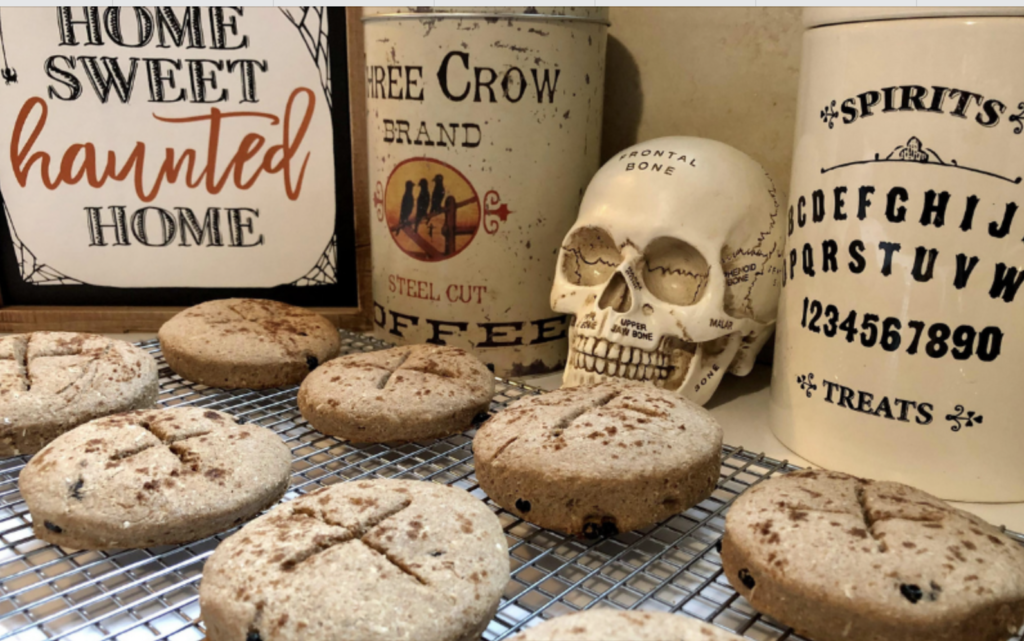
- In the list of saints for All Saints Day, Peter, Francis, Paul, and Dominic are among the most acknowledged ones today. The reasons for their recognition and veneration are rooted in their significant contributions to Christianity, their exemplary lives, and the impact they had on the Church.
- All Saints’ Day was exclusive in Rome until 837 AD. This event became popular in 900 AD, when Pope Gregory III consecrated a chapel in St. Peter’s Basilica in Rome to all the saints, designating November 1st as the date for the celebration. The initial intention was to honour the saints and martyrs who did not have a specific feast day dedicated to them.
Key Takeaways
It is interesting to learn that All Saints Day takes place right after Halloween. Together with All Souls Day, it completes the triduum of Allhallowtide. So, how well do you know about Halloween and All Souls Day, get ready to check your knowledge with AhaSlides’ Quizzes on Halloween. Feel free to create your own Halloween Quiz with free templates from AhaSlides.
More tips and advice about events? Pick an event that you’re concerned with, and we’ll give you a helping hand!
FAQs – All About All Saints Day
What is the difference between Day of the Dead and All Saints Day?
The Day of the Dead and All Saints’ Day are both celebrations that honour the deceased, but they have different origins, traditions, and meanings. The Day of the Dead is a Mexican holiday that originated from pre-Hispanic indigenous beliefs and Catholic ideology. It is celebrated on November 1 and 2, coinciding with All Saints’ Day and All Souls’ Day.
All Saints’ Day is a Christian feast day that commemorates all the saints and martyrs, both known and unknown. It is celebrated on November 1 by Anglicans and Roman Catholics. All Saints’ Day is a day to honour the holy examples of the saints and to pray for their intercession.
What is the difference between Halloween and All Saints Day?
Halloween and All Saints’ Day are related but have distinct traditions and rituals. Halloween is observed on the night of October 31st. It precedes All Saints’ Day (November 1st) and All Souls’ Day (November 2nd) in the triduum of Allhallowtide.
Halloween is known for its festive and vibrant atmosphere with activities such as trick-or-treating, costume parties, haunted houses, and the carving of jack-o’-lanterns. Unlikely, the primary purpose of All Saints’ Day is to commemorate and honour the saints, recognizing their exemplary lives and contributions to the Christian faith.
Is All Saints Day a Catholic holy day?
Yes, it is one of the most significant religious events for Catholics, also called Feast of Saints, as it showcases the honour of all the saints and martyrs of the Churts, both known and unknown.
Is All Saints Day a federal holiday?
Though All Saints Day is a popular event in Catholic communities in the United States, the country hasn’t approved it as a federal holiday yet. However, some people still take a day off to join the celebration in some Catholic churches.
